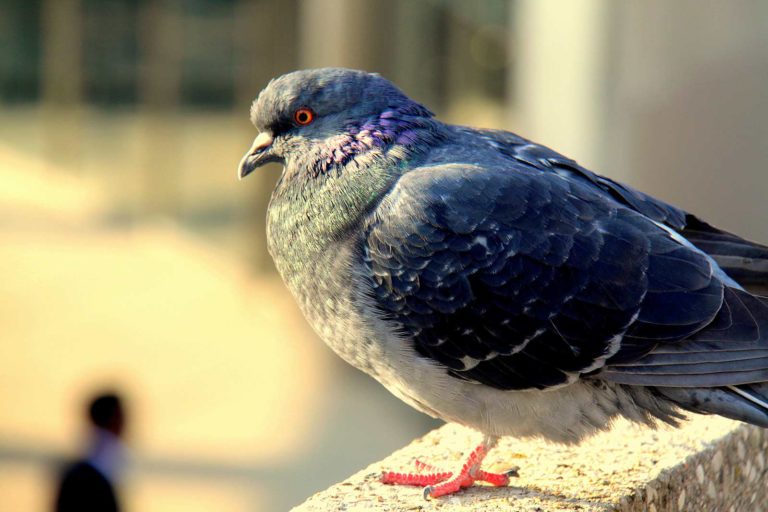Pigeons are some of our most common urban neighbors, and much like humans, they are frequently seen where there’s a possibility of free food. But despite sharing our space with them on a regular basis, people still have plenty of misconceptions about our feathery friends. Here are five things you might not know about pigeons.
1. Pigeons = Doves
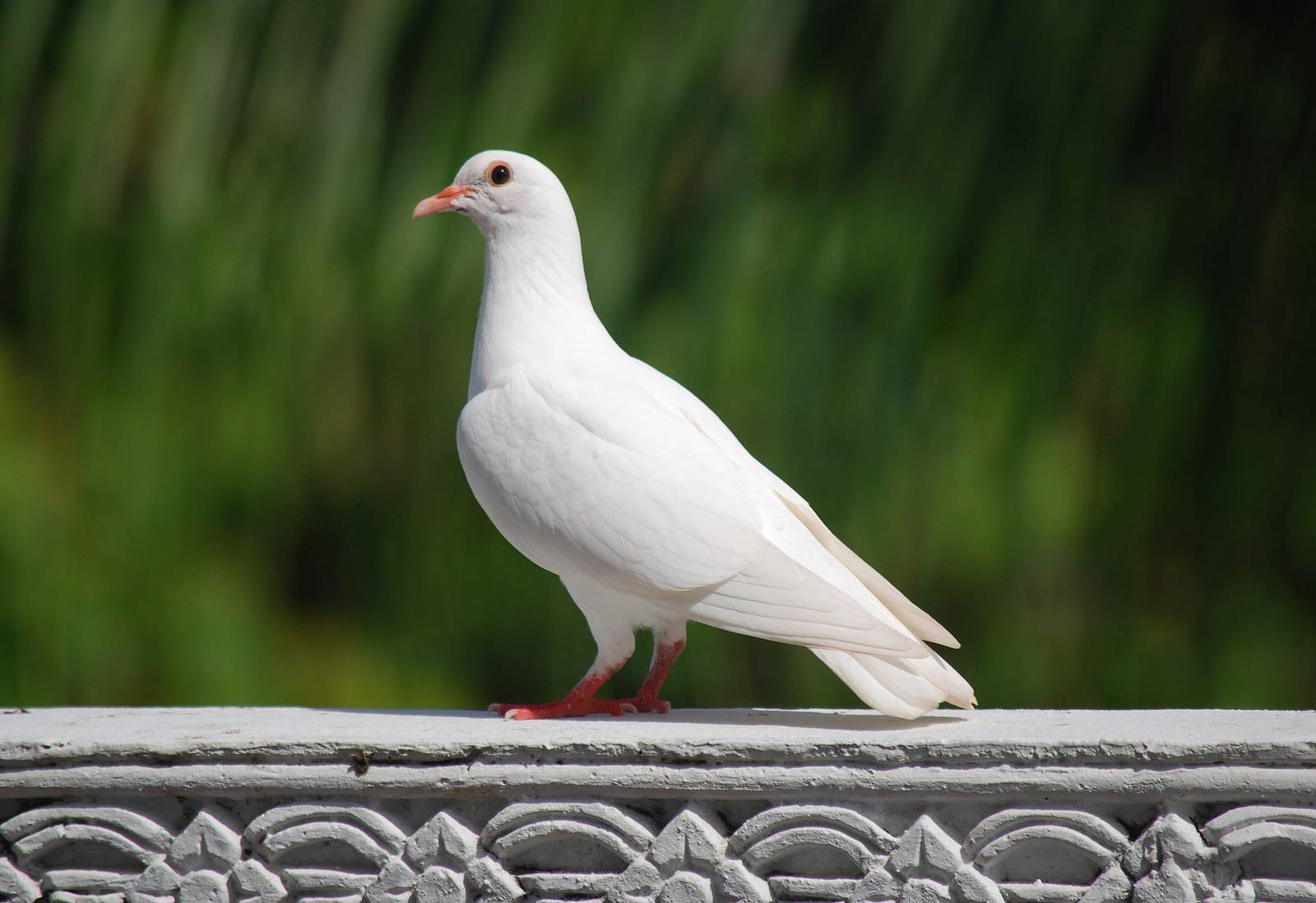
Pigeons tend to get a bad rap, with nicknames like “rats with wings” or just a string of obscenities. Doves, on the other hand, are international symbols of peace and love, adored for their pretty feathers and gentle cooing. The big irony? Pigeons and doves are basically the same bird.
They’re both members of the Columbidae family, which includes about 300 species worldwide. In theory, doves are supposed to be the smaller members of this family. In practice, that fell apart pretty quickly, and the average person is unable to tell which is which. The bird that hangs out at the bus stop begging for crumbs from your sandwich is most likely a rock dove, and the beautiful white doves released at weddings are probably homing pigeons. The differences between the two are small enough that unless you’re an ornithologist, you probably don’t care. And so pigeons provide one answer to the age-old question of “what’s in a name?” The answer: not much.
2. Pigeons go to war
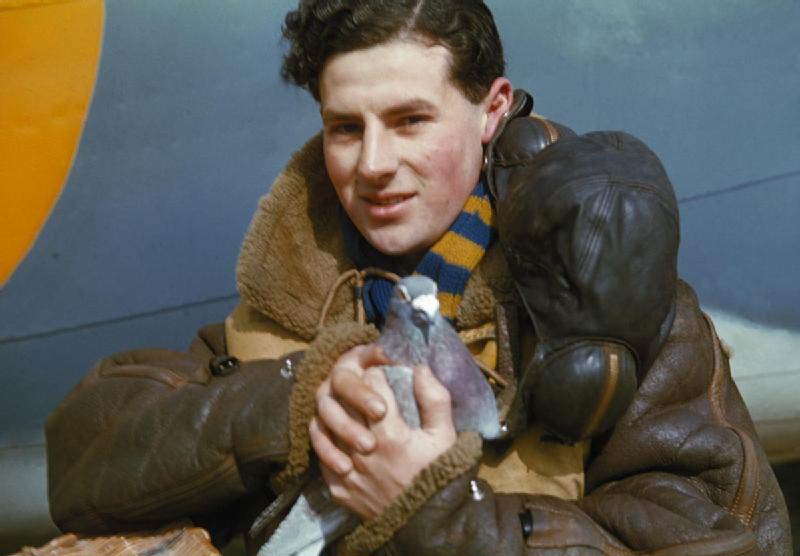
We all know how important horses have been in the history of warfare. As it turns out, pigeons have been just as essential. While horses were carrying soldiers, pigeons were carrying messages, serving as vital means of long distance communication.
Pigeons have been serving as cuter versions of text messages for thousands of years, with records of them going back to ancient Persia. Julius Caesar reportedly used them as messengers while he conquered Gaul. Even in an era where the telegraph and radio were both widely used, pigeons were still invaluable; ‘war birds’ saw action in World War I and II, carrying communications, intelligence, and even being used as aerial photographers.
One particularly heroic pigeon went by the name of Cher Ami and served with the U.S. Army Signal Corps in WWI. She flew twelve missions during the Battle of Verdun, one of the deadliest battles in human history. During her final mission, Cher Ami delivered her message despite being shot, blinded in one eye, and having a leg nearly severed. Her fancy flying saved the lives of nearly 200 men, and she was awarded Croix de Guerre Medal for her heroism. Although surgeons were unable to save her leg, Cher Ami was given a wooden prosthetic and personally seen off by General John J. Pershing when she returned home to America.
3. Baby pigeons drink milk

(The technical term for a baby pigeons is ‘squab’, which is delightfully fun to say.)
In science class, we all learned that one of the things that separate mammals from other animals is that we feed our babies milk. But as it turns out, several species of birds also produce milk for their young. These species include some kinds of penguins, flamingos, and of course, pigeons.
Pigeon milk isn’t much like human or cow milk. For one thing, it’s yellow and semi-solid, resembling cottage cheese rather than a liquid. (If the milk in your fridge is ever yellow or semi-solid, it might be time to set up a regular cleaning schedule.) It has way more protein and fat than mammalian milk, and is lactose-free. The milk is produced in the pigeon’s crop, and so squabs are fed through regurgitation rather than suckling. In a delightful bit of equality, both male and female pigeons produce milk and are equally responsible for feeding their young.
Interestingly, there are some similarities between human and pigeon milk. The exact same hormone, prolactin, controls lactation in pigeons and in mammals. Despite the differences in appearance, both types of milk are filled with antibodies and other immune-boosting ingredients, suggesting that whether the baby in question is a human or a squab, drinking milk is a vital part of creating a healthy immune system.
4. Pigeons are uniquely well-adapted to city living
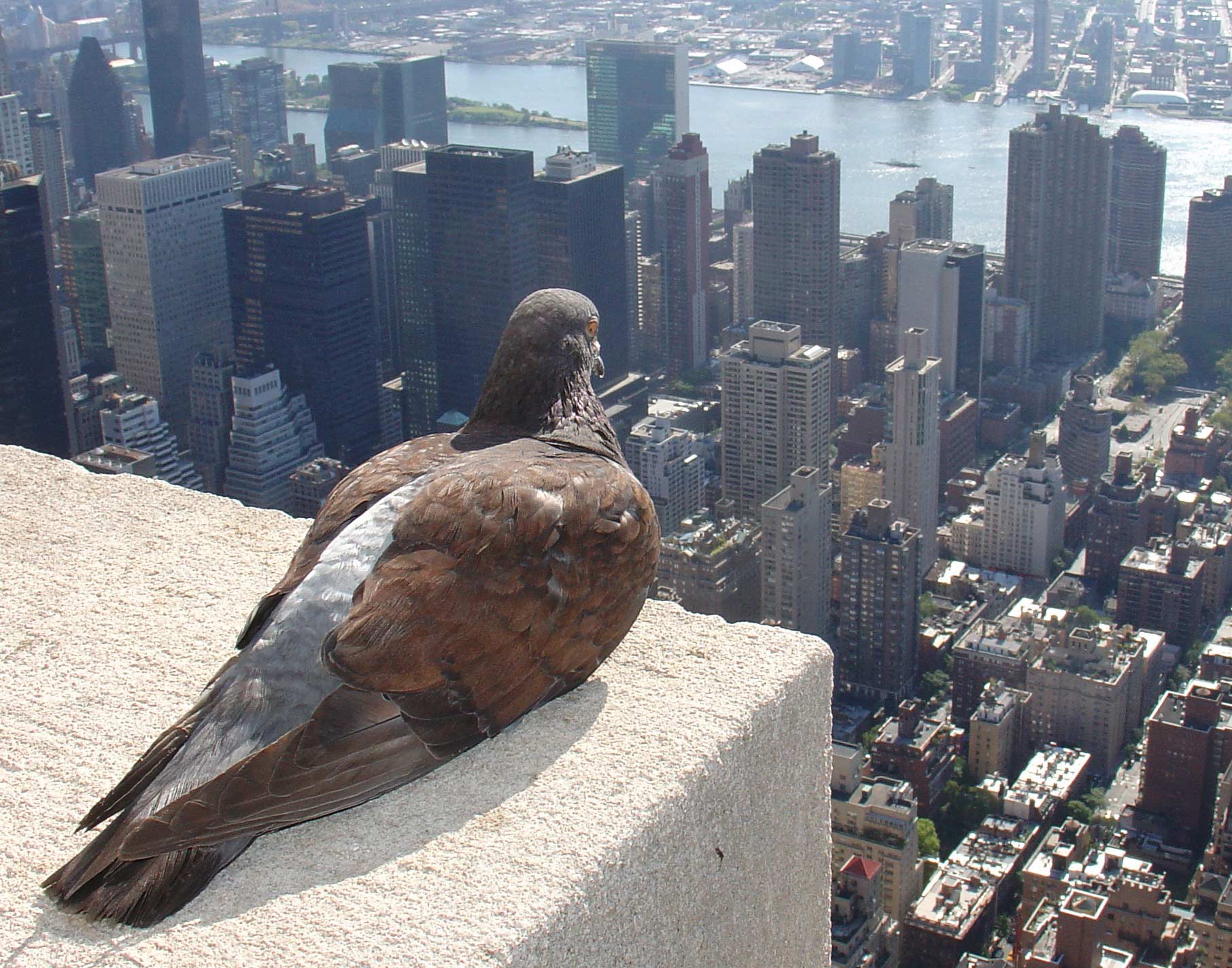
So why are pigeons such great urbanites? Humans have actually played a big role in this. In the wild, pigeons roost on cliffs, often along coastlines. The ledges, windowsills, and rooftops of a city are perfect substitutes for those cliffs, giving pigeons a comfortable vantage point and a safe place to raise their young.
Pigeons are granivorous, meaning that they normally feed on a diet of seeds, grain, berries, and fruit. They are also consummate scavengers. Put those two qualities together, and you have the perfect city bird, able to sort through human trash and urban plants to find a tasty meal. Because they are so ubiquitous, pigeons also form an important part of the urban ecosystem. Birds of prey, such as peregrine falcons, depend on pigeons as a steady food source and help keep the populations in check.
5. Pigeon racing is a real thing, and it’s highly competitive
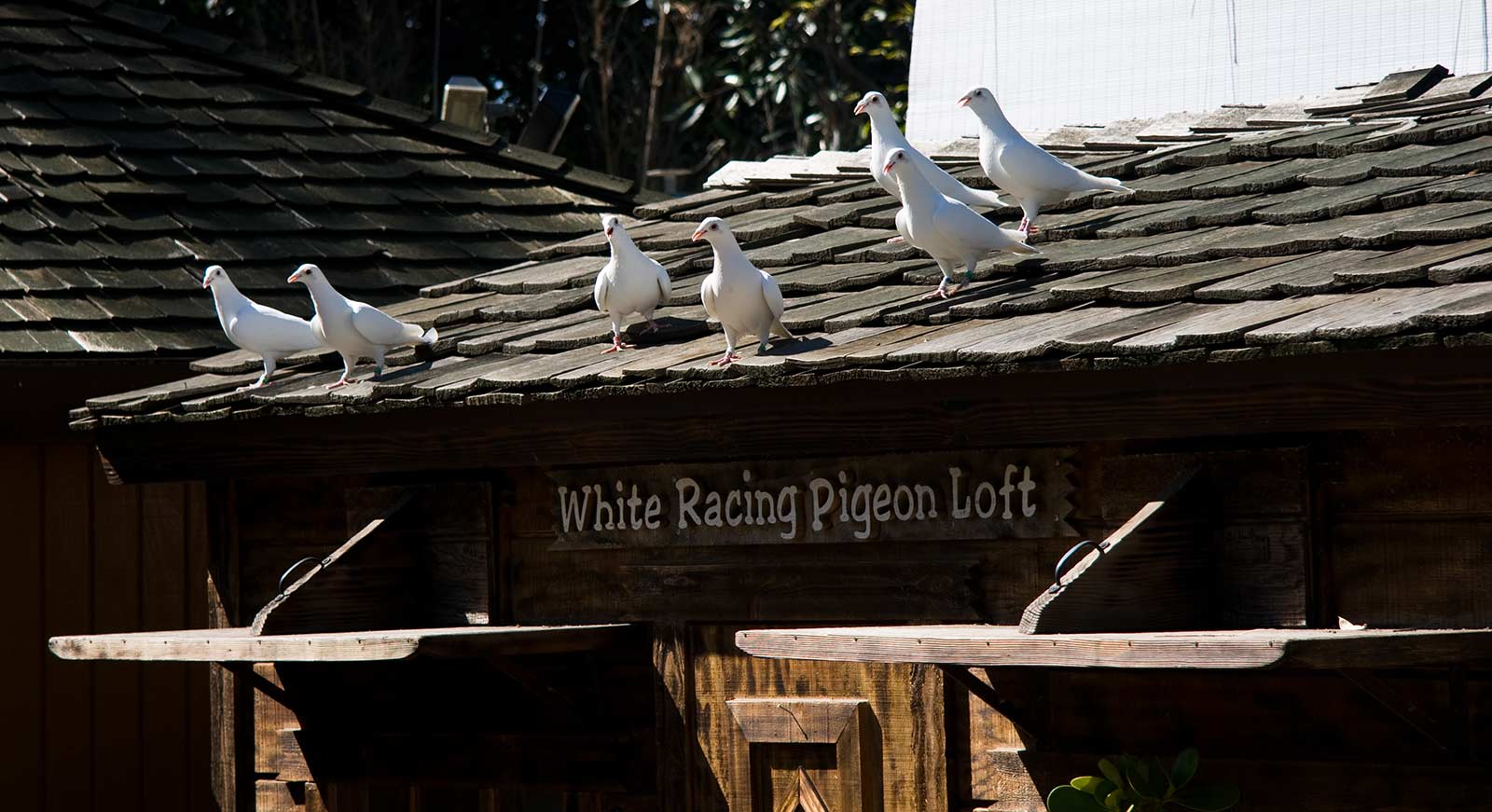
So how do you race a pigeon, exactly? Sadly, it doesn’t involve pigeons in running shoes jogging around a track. Instead, racers choose a starting point, release their pigeons, and time how long it takes them to get home. Pigeon racing takes advantage of homing pigeons’ incredible sense of direction, and one of the newest breeds, the Racing Homer, has been selectively bred to have an even better homing instinct and faster flying abilities than a normal pigeon.
The sport first became popular in Belgium during the 19th century, and it has survived to the modern day. Electronic timers have made the races more accurate, and although it is less popular in Western countries, several Asian countries have fallen in love with pigeon sport. Taiwan in particular is has more races than anyplace else on Earth, and it’s estimated that over 500,000 people compete each year.
